HP Color LaserJet Enterprise M652 Handleiding
Bekijk gratis de handleiding van HP Color LaserJet Enterprise M652 (12 pagina’s), behorend tot de categorie Printer. Deze gids werd als nuttig beoordeeld door 102 mensen en kreeg gemiddeld 4.7 sterren uit 51.5 reviews. Heb je een vraag over HP Color LaserJet Enterprise M652 of wil je andere gebruikers van dit product iets vragen? Stel een vraag
Pagina 1/12

TB3183
What is SleepWalking? How it Helps to Reduce Power
Consumption
Introduction
The SleepWalking feature is available in ARM® Cortex®-based Microchip's microcontrollers (MCUs). This
feature allows temporary and asynchronous wake up of a peripheral to perform a task without waking up
the CPU from Standby mode.
In MCU operation, the internal timer wakes up the CPU to check if certain conditions have occurred (i.e.,
battery voltage monitoring using the ADC), or the peripheral interrupts have woke up the CPU. The CPU
and RAM traditionally consume the majority of the power in Active mode. Therefore, waking up the CPU
from Low-Power mode to check for these conditions and start relevant actions in an Active state will
consume a lot of power.
SleepWalking allows the CPU to remain in Low-Power mode until a relevant event occurs. When the CPU
is in Low-Power mode, that is, Standby mode in Cortex-M0+ MCU, the peripheral can request the clock to
perform its task. The CPU no longer needs to check whether or not a specific condition is present, such
as an address match condition on the I2C interface or a sensor connected to an ADC that has exceeded
a specific threshold. With SleepWalking, this is done entirely by the peripherals with the help of an event
system.
The following are basic implementation steps of SleepWalking:
• Main clocks and peripheral clocks are stopped in Sleep mode to save power
• Peripherals supporting SleepWalking (For example, peripherals supporting on-demand feature in
Cortex-M0+ MCUs) individually request clocks in Sleep mode
• Clocks remain active until a specific peripheral operation is complete
The CPU and RAM will not wake up when sleepwalking supported peripherals perform the tasks, unless
the CPU needs to perform an operation.
© 2018 Microchip Technology Inc. DS90003183A-page 1

Table of Contents
Introduction......................................................................................................................1
1. SleepWalking Support in SAM MCUs........................................................................3
2. Sleepwalking Implementation ...................................................................................5
3. Relevant Resources.................................................................................................. 8
The Microchip Web Site.................................................................................................. 9
Customer Change Notification Service............................................................................9
Customer Support........................................................................................................... 9
Microchip Devices Code Protection Feature................................................................... 9
Legal Notice...................................................................................................................10
Trademarks................................................................................................................... 10
Quality Management System Certified by DNV.............................................................11
Worldwide Sales and Service........................................................................................12
TB3183
© 2018 Microchip Technology Inc. DS90003183A-page 2

1. SleepWalking Support in SAM MCUs
In Cortex-M0+ MCUs (AM D, SAM L and SAM C) and some of the Cortex-M4 MCUs (SAMD5x/
SAME5x), the SleepWalking feature is supported by many peripherals and these peripherals use the on-
demand clock principle of the clock sources.
In the SAMD20/ D21 MCUs, the following peripherals support the SleepWalking feature.
• Real-Time Counter (RTC)
• External Interrupt Controller (ETC)
• SERCOMs (USART, SPI, I2C)
• Timer/Counter (TC)
• Timer/Counter for Control Applications (TCC)
• Analog-to-Digital Converter (ADC)
• Analog Comparator (AC)
• Event System (EVSYS)
Note: All peripheral events do not support SleepWalking. Refer to the Event System sections of the
relevant data sheets to know which event of the peripherals will support SleepWalking.
During Low-Power mode, the peripheral clocks are stopped. The SleepWalking supported peripheral that
needs a clock will request it from the clock system (For example, Generic Clock Controller in Cortex-M0+
MCU).
In Cortex-M0+ MCUs, the following are the configurations and sequence of steps for an asynchronous
path:
1. The Event System must be configured to use the asynchronous path causing the peripheral to
request its clock asynchronously of the core clock.
2. The event generator triggers the event user which is based on the event system configuration.
3. The clock must be provided by the Generic Clock Generator, which is asynchronous from the MCU
clock. The Generic Clock Controller will receive the request and then determine which generic clock
generator is involved and which clock source needs to be awakened.
4. The clock source wakes up, enabling the generic clock generator and generic clock stages
successively, and delivers the generic clock to the peripheral.
5. The peripheral that is associated with the event user must be able to run in Standby mode.
For additional information about event system paths, refer to the product data sheets or Event System
Tech Brief, which is available for download at http://ww1.microchip.com/downloads/en/devicedoc/
90003170a.pdf.
In Cortex-M7 MCUs (SAM E70/ S70), a few peripherals, such as UART, TWI support SleepWalking;
however, in the SAMG5x family of MCUs, the UART, TWI, SPI and ADC all support the SleepWalking
features.
In Cortex-M7 MCUs, the following are the configurations and sequence of steps:
1. The corresponding SleepWalking Activity Status register is checked to ensure that the peripheral
has no activity in progress.
2. If the corresponding SleepWalking Activity Status register is set, SleepWalking must be disabled.
3. Asynchronous partial wakeup function of the peripheral is enabled.
4. The Event generator (UART) triggers to wake up the MCU from Wait mode.
TB3183
SleepWalking Support in SAM MCUs
© 2018 Microchip Technology Inc. DS90003183A-page 3
Product specificaties
| Merk: | HP |
| Categorie: | Printer |
| Model: | Color LaserJet Enterprise M652 |
Heb je hulp nodig?
Als je hulp nodig hebt met HP Color LaserJet Enterprise M652 stel dan hieronder een vraag en andere gebruikers zullen je antwoorden
Handleiding Printer HP

5 Juli 2025
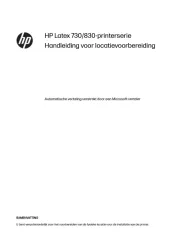
5 Juni 2025

17 April 2025

8 April 2025

8 April 2025

8 April 2025

7 April 2025

7 April 2025
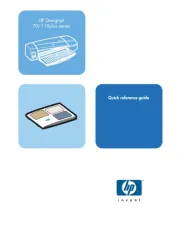
2 April 2025
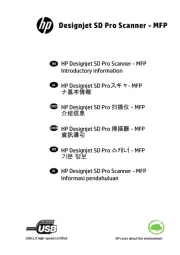
2 April 2025
Handleiding Printer
- IDP
- Ricoh
- Royal Sovereign
- Oki
- Fichero
- Badgy
- CSL
- Vupoint Solutions
- Videology
- Testo
- Metapace
- Tomy
- Phoenix Contact
- Builder
- Zebra
Nieuwste handleidingen voor Printer

30 Juli 2025

29 Juli 2025

21 Juli 2025
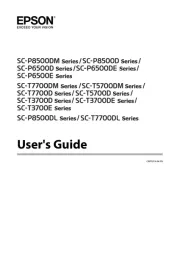
14 Juli 2025
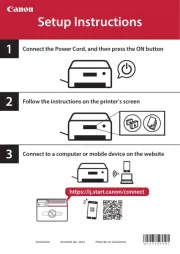
9 Juli 2025
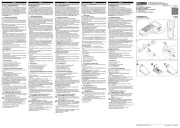
5 Juli 2025
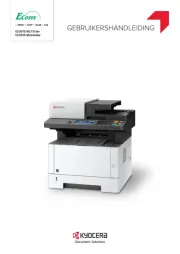
4 Juli 2025

4 Juli 2025

4 Juli 2025

4 Juli 2025